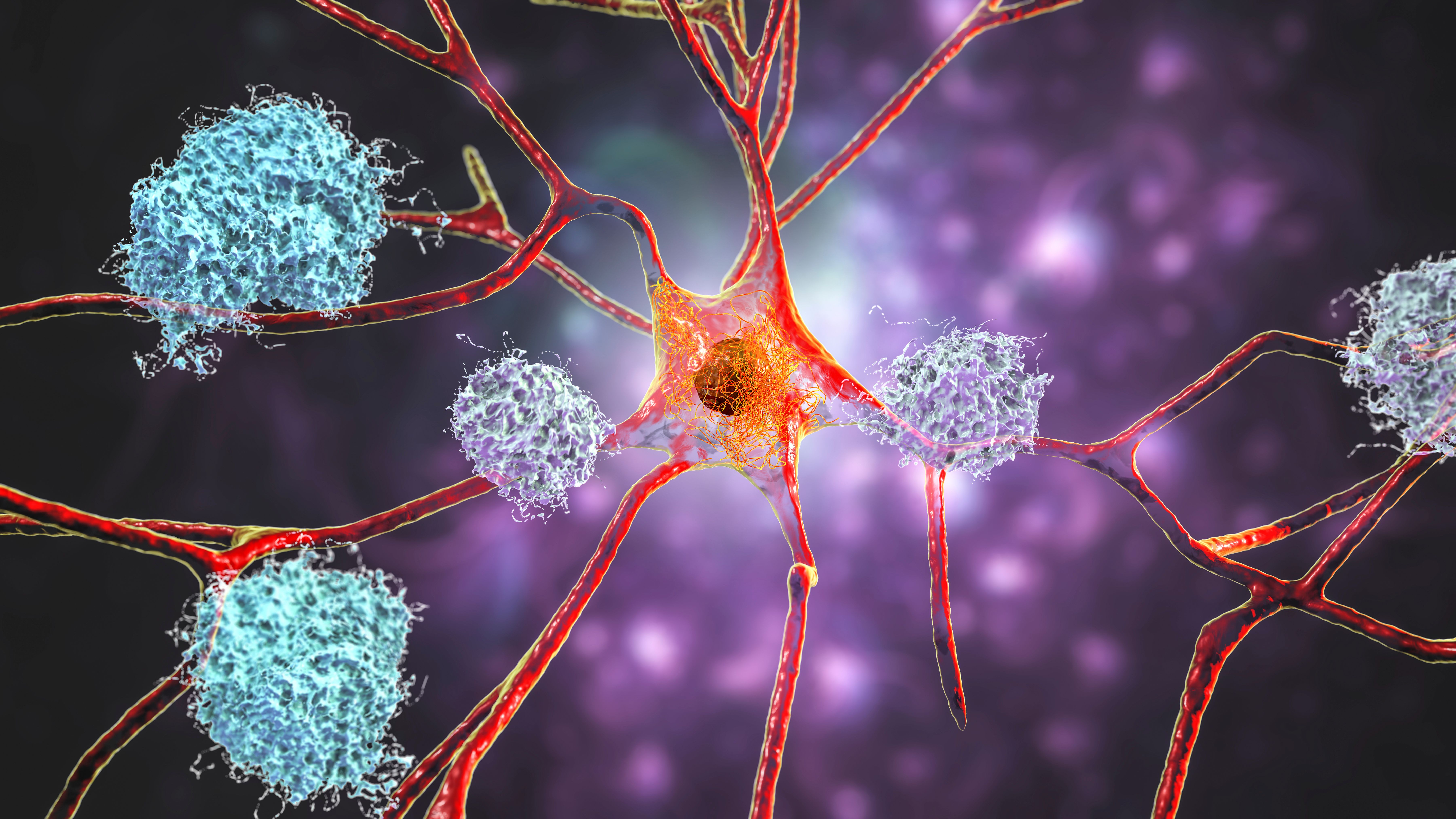Article
Family Members of Multiple Sclerosis Patients May be at Risk of Developing the Disease
Author(s):
Female first-degree relatives face the highest risk of developing multiple sclerosis.
Findings from a new study suggest that close family members of patients with multiple sclerosis (MS) are at a higher risk of developing the disease, and having early signs of MS. The researchers found that women are at an even higher risk than men, according to a study published by JAMA Neurology.
Due to these findings, the investigators are now recommending that first-degree relatives of patients with MS, such as parents, siblings, or children, receive close monitoring.
Included in the study were 100 individuals aged 18 to 50 who had at least 1 first-degree relative diagnosed with MS. The researchers determined the risk of developing MS for each patient through the Genetic and Environmental Risk Score for Multiple Sclerosis Susceptibility algorithm.
The authors then assessed the top 10% most at risk and the 10% least likely to develop MS. The investigators then evaluated disability status of each patient, and conducted eye, cognition, movement, and sensation tests, in addition to brain magnetic resonance imaging (MRI).
The high-risk group included 41 individuals, 40 of whom were women, versus 59 patients, 34 of whom were men, deemed to be low-risk. Due to these findings, the authors decided to focus their efforts on the 65 women in the study.
High-risk women were observed to have a higher body mass index and weight, but this finding was not considered to be statistically significant. Women in either group were not seen to have significant differences in age, height, cigarette smoking, vitamin D levels, or history of infectious mononucleosis or migraine, according to the study.
In all measured outcomes, the women in the high-risk group varied from low-risk women. High-risk women had significantly more difficulties detecting vibrations in their feet, compared with low-risk women. The investigators said this was the most significant result they observed.
Additionally, MRIs revealed differences in the brains of both groups. In 5 patients, 4 high-risk and 1 low-risk, the MRI detected signs of T2-weighted hyperintense lesions, which suggests a high risk of developing clinical symptoms of MS, according to the study. These findings were higher than expected in the general population.
Overall, the investigators found that asymptomatic women in the high-risk group had increased levels of neurological dysfunction compared with women in the low-risk group. These findings indicate a possible series of events that leads to MS, where changes in vibration sensitivity may be seen before demyelination.
The researchers concluded that the high-risk group who were observed to have asymptomatic MS, especially women, should undergo monitoring to ensure proper treatment if the disease develops.
Newsletter
Stay informed on drug updates, treatment guidelines, and pharmacy practice trends—subscribe to Pharmacy Times for weekly clinical insights.






